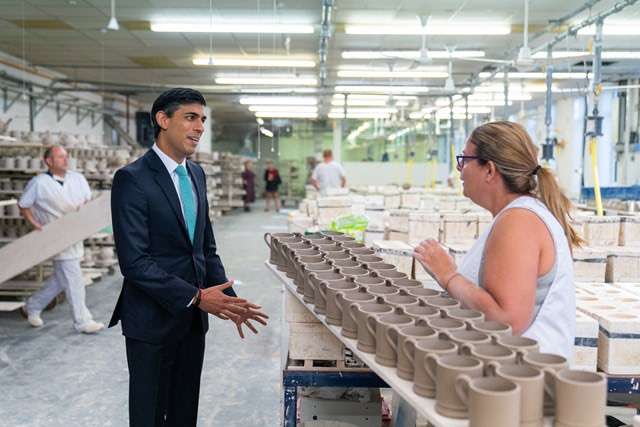NUMBERS ON FURLOUGH HALVE IN THREE MONTHS

More than one million workers came off #furlough in the four weeks between the end of April and the end of May alone, which coincided with the start of restrictions being lifted and non-essential retail, restaurants and pubs reopening.
New figures published today show 2.4 million people moved off the scheme between the end of February and the end of May as businesses reopened.
2.4 million people remain furloughed or flexi-furloughed down from a peak of nearly 9 million at the height of the pandemic in May last year.
Chancellor of the Exchequer Rishi Sunak said:
“Our Plan for Jobs has supported people’s jobs and livelihoods throughout the pandemic and it’s fantastic to see so many people coming off furlough and into their workplaces with our restaurants, pubs and shops reopened.
“These figures show what we always hoped would happen – that the scheme is naturally winding down as the economy reopens, but continuing to support those businesses and employees that need our help.”
Today’s ONS Business Impact of Covid-19 Survey show numbers may have fallen even further – with estimates that between 1.3 and 1.9 million people are still on furlough.
These figures reinforce other positive signs about how the recovery is progressing. The number of employees on payroll is at its highest level since last April, business and consumer confidence have improved significantly and economic growth is outperforming expectations.
The figures show the largest reduction in the hospitality, retail and accommodation sectors, with nearly 180,000 people in pubs, bars and clubs alone returning to work between April and May.
Furlough was extended until September to allow for businesses to adjust after the end of the Roadmap and to bring people back to work.
Now, as the economy begins to reopen and demand returns, employers are being asked to contribute more and from today, they will contribute 10% towards the cost of paying for unworked hours.
This employer contribution will increase to 20% in August and September, before the scheme closes, with the Plan for Jobs still in place to provide support, including traineeships and more work coaches to help people find jobs.
New statistics for the Self Employment Income Support Scheme, also published today, show more than £25bn has been claimed to date in support for the self employed.
350,000 properties have paid no business rates for 15 months thanks to an unlimited rates relief between March 2020 and July 2021. Over 90% of businesses will now be able to benefit from a 66% reduction in business rates bills until March 2022
The latest HMRC statistics on the Coronavirus Job Retention Scheme and the Self-Employment Income Support Scheme can be found online.
From July, employers arerequired to contribute 10 per cent of wages for hours not worked up to £312.50 per month. This is the same approach the Government successfully introduced last summer, where comparable restrictions were in place:
In August 2020, employers were required to pay employer NICs and make full pension contributions, and further employer contributions of 10 per cent and 20 per cent were introduced in September and October 2020 respectively. And as employees came off furlough, the vast majority returned to work.
The number of employments furloughed decreased by around 670,000 between May and June 2020; and fell from 6.8 million at 30 June 2020 to 2.4 million at 31 October 2020, as employer contributions were introduced and the economy reopened.
It is therefore right to continue with the existing timetable to reintroduce employer contributions, in order to strike the right balance between supporting the economy as it opens up, continuing to provide support and protect incomes, and ensuring incentives are in place to get people back to work as demand returns.
Larger businesses required to close as at 5 January 2021 will be able to benefit from up to £2 million of relief, while those that were permitted to open on that date will be able to receive up to £105,000. Businesses will receive £6bn in relief in total in 2021-22. The Government has also decided to freeze the business rates multiplier in 2021-22, saving businesses in England an estimated £575m over the next five years











Responses